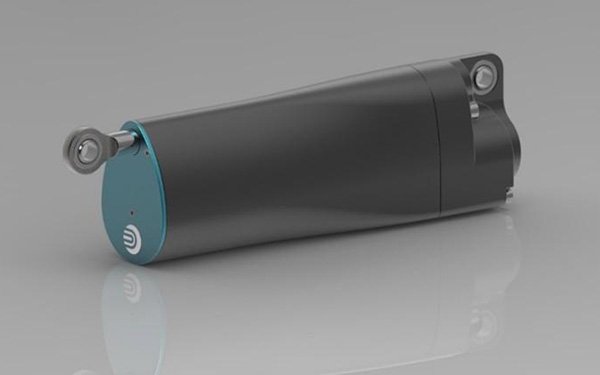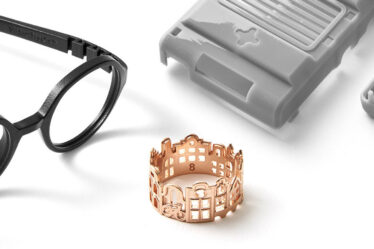
While Porsche is printing pistons and Bugatti prints half a car, Aston Martin tinkers in their own luxurious garage. The premier automobile brand from Britain joins those and other performance car manufacturers by adopting metal AM to produce critical automotive components, in this case: active suspension.
Most automotive suspension is passive, made up of a spring (coil or leaf) and a damper (shock absorber). The spring does most of the initial suspension work by allowing the wheel to move up or down when rolling over a bump or hole, and then the damper comes into play by preventing that motion from continuing to bounce like a ball. Passive suspension systems work really well if you know what kind of terrain you’re going to be driving on because the suspension can be tuned (in a shop) to be stiff for smooth roads or loose for uneven rocky surfaces.
But what if you drive on nice roads during the week and tear up the trails on the weekend? That’s where active suspension saves the day. With active suspension, the oil pressure in the damper is controlled by a computer, either manually by the driver or automatically with sensors, depending on the system. So if active suspension offers the best of both worlds, there can be only one reason why it isn’t standard in every car: cost.

Active suspension unit (Image credit: Domin)
That’s why Aston Martin is looking to 3D printing, to try to get the cost of their FAST (full active suspension technology) system low enough that it becomes the industry standard, for luxury driving that is. Let’s not forget we’re talking about Aston Martin. FAST is Domin’s contribution to the partnership, and they state that their unit is capable of “infinite variability in damping, with a step response as fast as 0.015 seconds, and all in a package weighing under 4kg.” Domin’s patented valve technology is also featured throughout the design as “25 fluid galleries operate in unison to transport hydraulic fluid throughout the system, all of which are encased within a fully additive manufactured core.” The curvilinear geometry is possible only with AM, and the same can be said for its mechanical properties.
Along with Cranfield University, Aston Martin and Domin will have just six months to develop and test the FAST system. Of course, that’s ages for 3D printing.
Related Story
